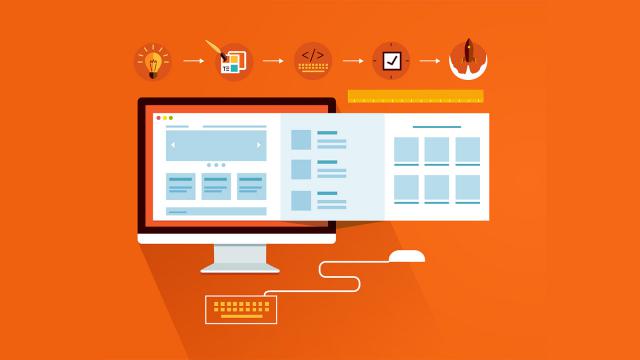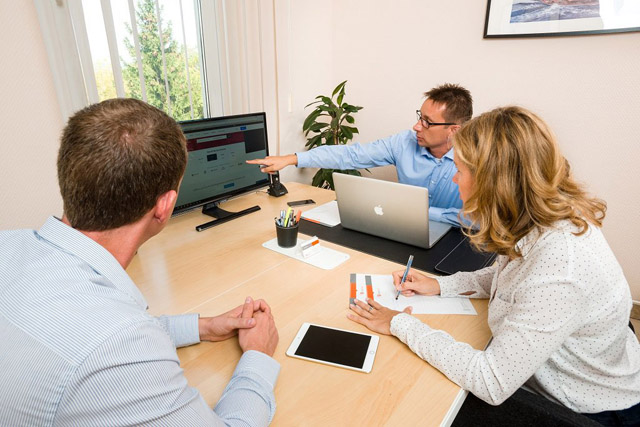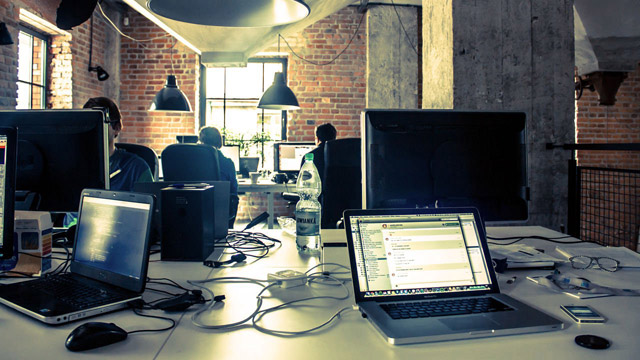The second phase of creating a website is graphic design, during which we create one/several design plans. Ideally, the graphic design is not a work of art for its own sake, but also takes into account dozens of aspects that are crucial for the success of the finished page.
For our customers, the appearance of the graphic design is the primary information, on the basis of which they decide whether they like the page or not, and what modifications they request. In addition to aesthetics, I also consider it important to mention the other design aspects, because we must not lose sight of them during subsequent modifications.
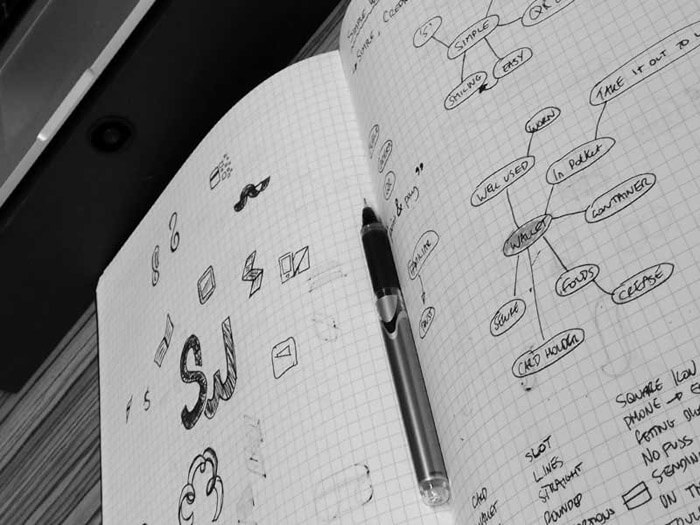
Let's see what the most important aspects are!
Tartalomjegyzék
Existing image
If the company has existing image elements, then in many cases we have to keep them while designing the graphics. Most of the time, the visual element means only a logo, to which we have to adapt the color and design of the website. If the website does not match the color scheme of the logo, it will look as if the logo was placed on the finished page after the fact.
Fashion
There are also constantly changing trends in web design that should not be ignored when designing a website. The majority of visitors cannot tell exactly what makes a website look "old-fashioned", but they can nevertheless distinguish it from a modern site.
Industry trends
The graphic design is preceded by a needs survey, where we discuss together with the client what kind of content he wants to place on the website and what functions he needs.
A website will not be better if it is crammed with functions that do not make much sense in the given environment. That is why the purpose of the preliminary consultation is to help with the selection of the appropriate content and functional units with our suggestions. For example, we don't recommend placing a tag cloud on a website with 10 articles, we don't recommend placing a forum on a company introduction page, or we don't recommend placing an image gallery on a page where the images are only for decorative purposes.
Important aspects
Importance categories must be set up among the content elements of the website. You should not cram all the content units into the main menu, because too many menu items scare away the visitor. Have primary content elements in the main menu and use the rest of the page as secondary content.
Competition
Nowadays, there are not many industries where a website can ignore competing sites. In most cases, we have to reckon with strong competition that has been present on the web for several years. In order for a new entrant to be able to keep up with the market players, it must inevitably adapt to their content, appearance and functional design. Uniqueness is a risky solution in this case. If we want to win over visitors and customers from our competitors, we must not use risky solutions in terms of functionality, navigation and content.
Purpose of the website
The purpose of the website must be clarified during the planning phase. From a graphic point of view, it doesn't matter whether the primary goal of the website is brand building, sales, information, community building or PR activities.
The user community
The web "intelligence" of website visitors varies greatly. When we design a website, we must take into account the age group of the potential visitors, in order not to use navigational or functional solutions that are difficult for the target audience to use.
Numerous statistics have been compiled on how many seconds a visitor takes to decide whether the website's appearance and content might be interesting for him. In such a competitive situation, it is not permissible to use solutions that are risky in terms of use, such as navigation, the use of which is difficult for the target group to decipher.
Navigation
Navigation solutions do not only mean that there should be a clearly visible menu on the website, but also that we should not plan too complicated navigation solutions, the visitor always knows exactly where he is on the page, how he can go back one level or how he can get back to the home page. These functions are a series of mandatory elements of the graphic design of the website, which cannot be left out of the design for purely aesthetic reasons.
Download speed
With the spread of mobile content consumption and search engine optimization, the optimization of initial times for download speed came to the fore again. This means that we do not use solutions on the website that would excessively increase the loading time of the page in the case of a lower speed mobile connection. Such solutions include, for example, the use of large or too many images, the use of technologies that slow down the speed.
Mobile optimization
Technology experts predict that 2014 will be the time when more people will access the Internet from a mobile device than from a traditional desktop computer. In addition to such a drastic increase in the consumption of mobile content, it is necessary to strive to ensure that the finished website can be displayed without any problems on a smartphone or tablet. There are several technologies to solve this, and these technologies also influence the design.
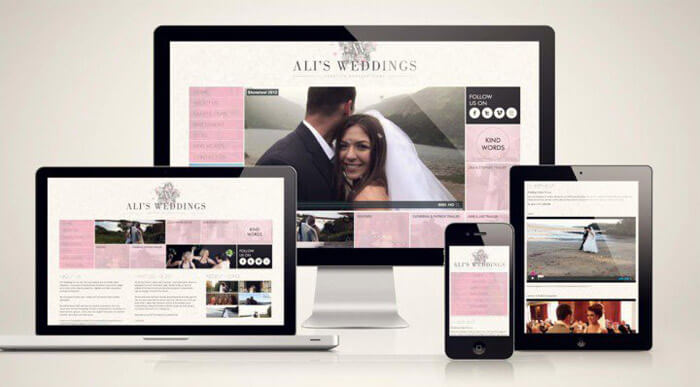
Search-friendly design
A website that is not accessible from search engines is as if it does not exist. In many cases, the basis of visitors' starting point on the web is some kind of search system. That is why it is extremely important to ensure that the subsequent website is search engine-friendly already in the planning phase. Google monitors more than 200 (!) aspects of a website when it determines its position in the search results lists. Many of these aspects also affect the appearance and appearance of the website, which is why we must also keep this in mind in the graphic design.
Accessibility
There are many technologies and design solutions that aim to make a website accessible to people with visual or mobility impairments.
Language versions
During graphic design, in many cases, they do not usually pay attention to the implementation of possible language versions. This is a problem if the graphic designer e.g. does not leave enough space for the menu items, so it may easily happen that the menu item name still fits in Hungarian, but not in German. In this case, the page must be redesigned afterwards or the font size of the German menu item texts must be reduced. Both cases mean additional costs and time in the development, which is why it is necessary to pay attention to it already in the graphic design phase.
Content management system (CMS) support
All of today's modern websites can be edited from a content management system. This means that the customer can upload news, change the content of menu items, upload image galleries, etc. from an interface protected by a user name and password. In order for all elements of a website, e.g. the number and order of menu items can also be modified, many aspects must be kept in mind during planning.
Consistency
Consistency means the uniform style and design of the subpages of the website. On the subpages, you should strive for a small number of different layouts, you should take care of a uniform appearance both in terms of design and content. The individual elements must be displayed in the same style on the subpages. So the main menu should be in the same place everywhere, the headlines should be in the same style, the formatting of the paragraphs, images, and lists should be consistently the same.
A website that uses completely different colors or shapes on its subpages confuses the visitor, giving the impression that they have reached a different page.
Simplicity, transparency
A defining element in the design trends of recent years is the relegation of graphics to the background, the promotion of easy consumption of content, transparency and the support of social functions. Visitors view an increasing number of websites every day, preferring pages that allow them to quickly navigate and quickly access the content they are interested in. If necessary, they can print out the interesting articles and share them with their friends and acquaintances. That is why good graphics fit into the company's image, provide a uniform appearance, but do not come at the expense of content, readability and navigation, and do not use the available space and bandwidth wastefully. This trend is also called user experience-based design, or UX design in English.
Summary
After reading the previous points, I think it is clear how complex the work of a web designer is, how many competencies related to the other activities of the industry he must have in order for the finished graphics to meet the other requirements as well as having an aesthetic appearance. From the perspective of a company's success, websites are increasingly responsible. That is why we must keep in mind the aspects listed above at every step of the graphic design, since it is not allowed to only look for aesthetic aspects, friendly design, mobile use, download speed...etc. put in front of


